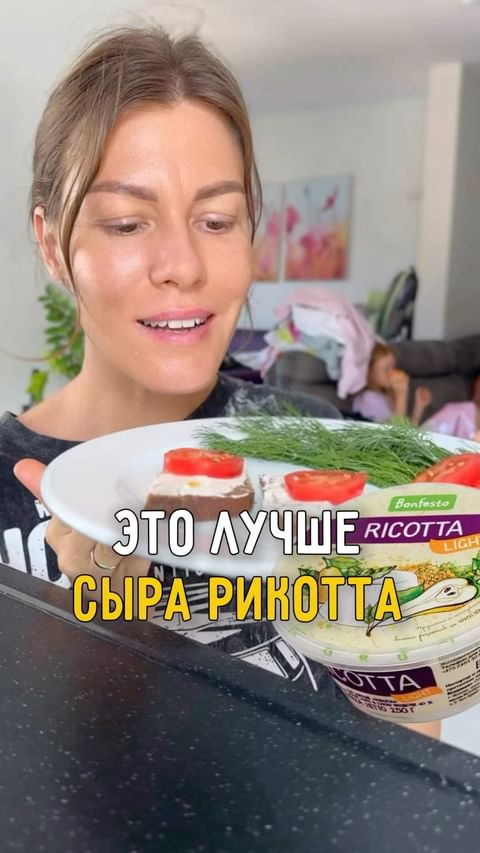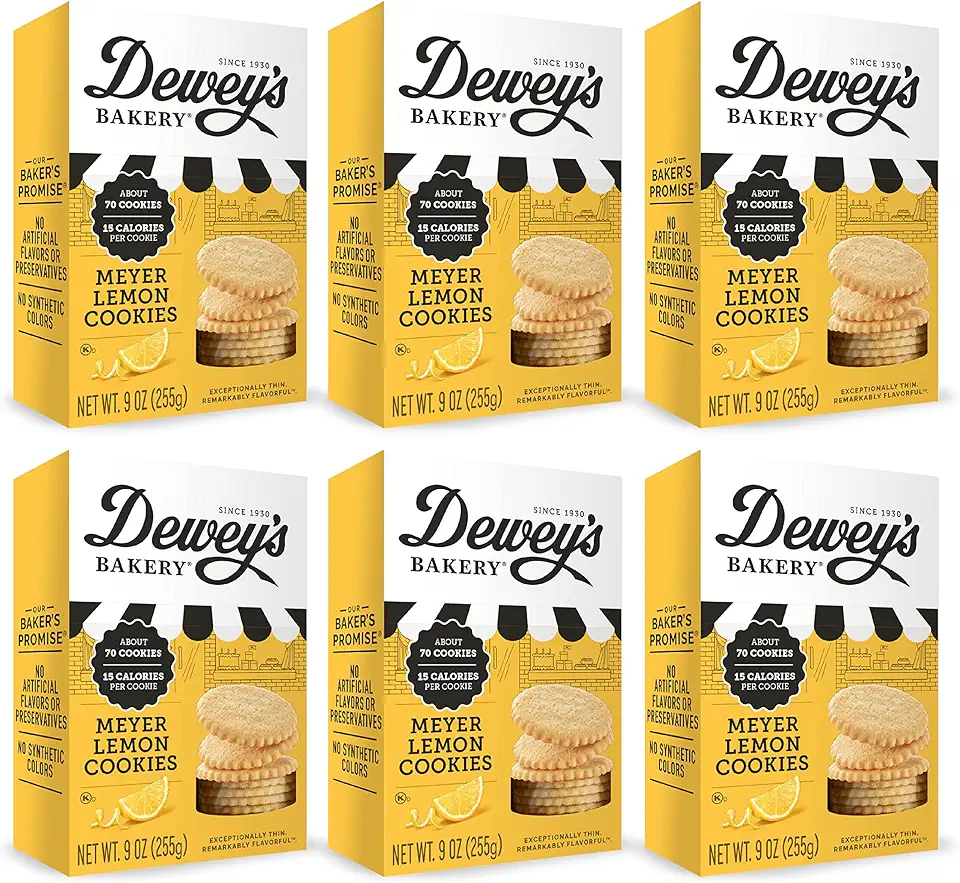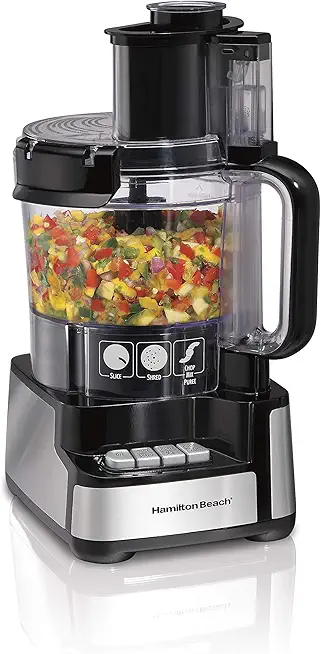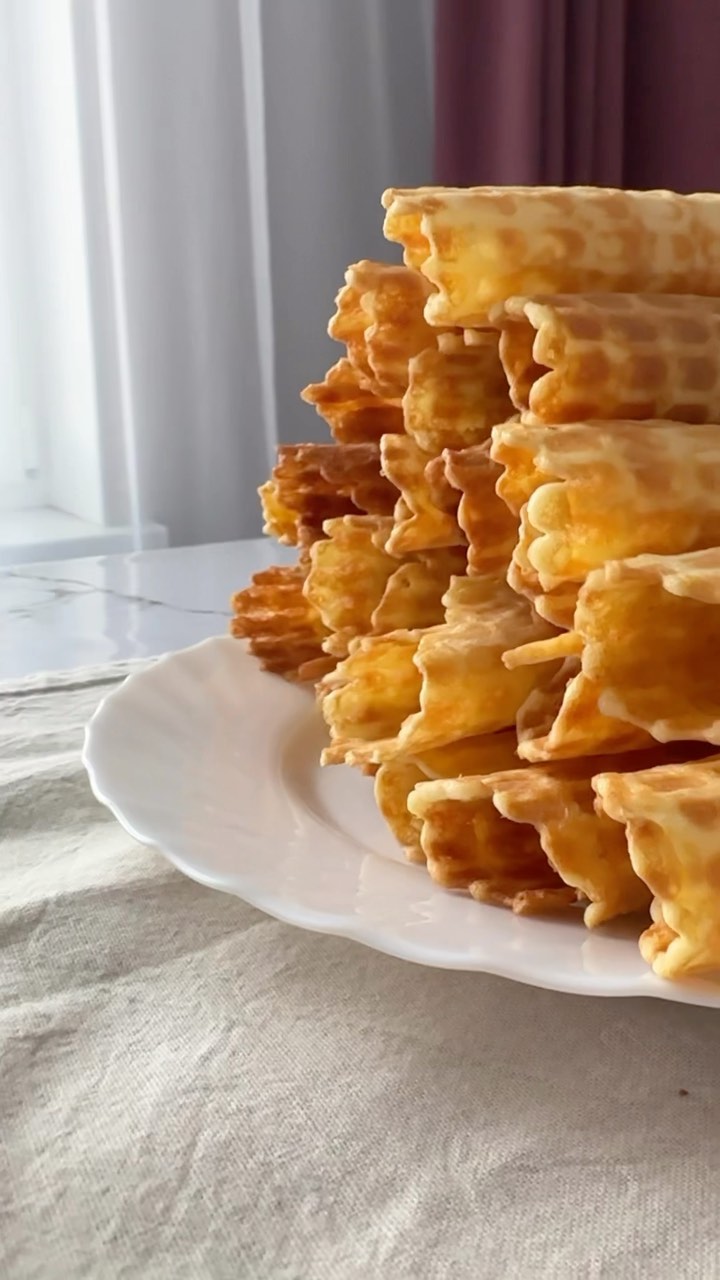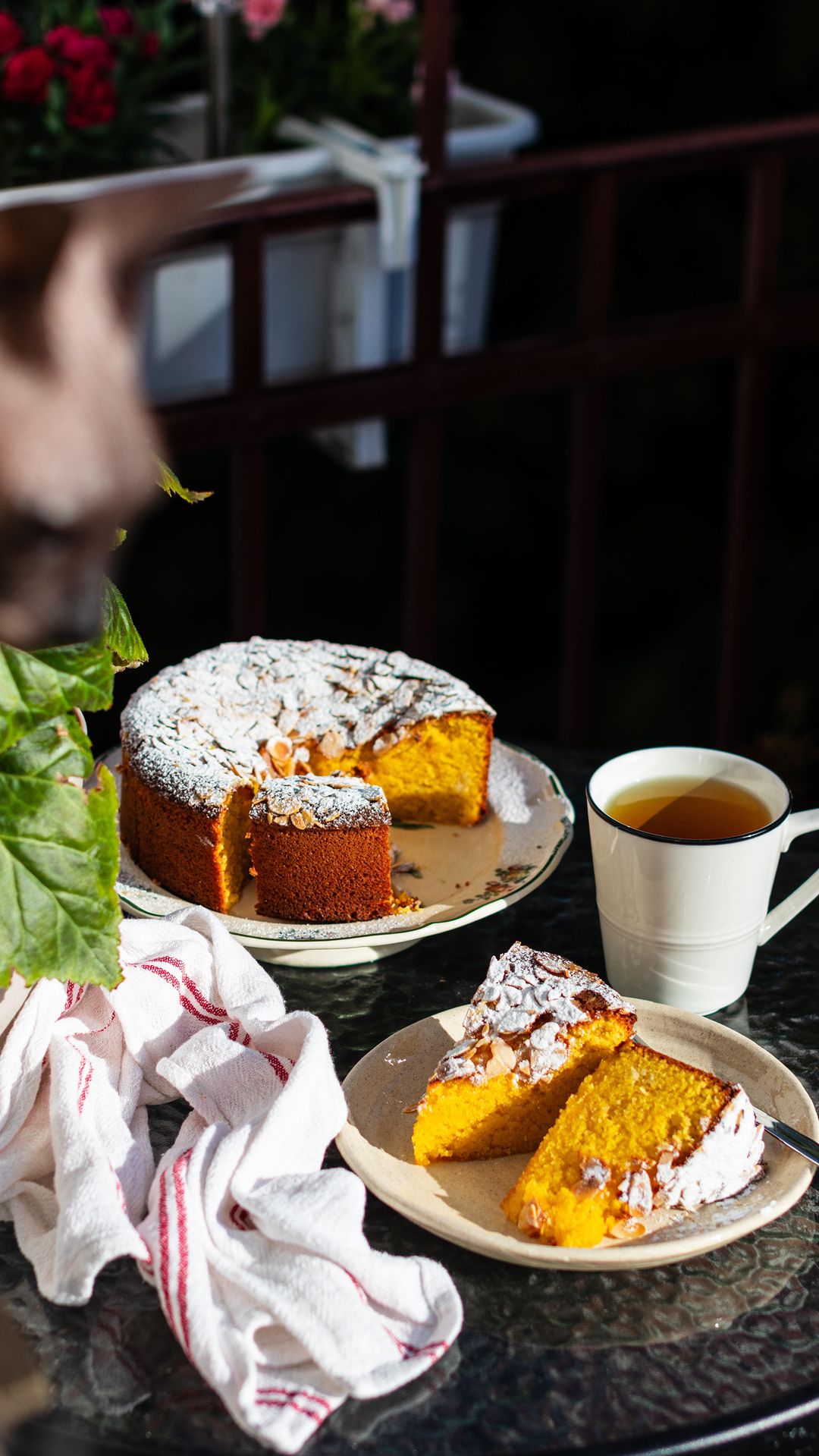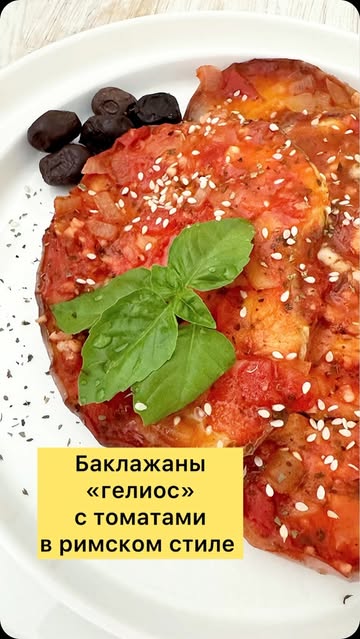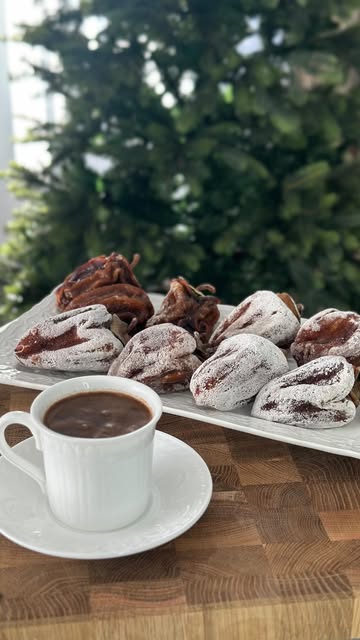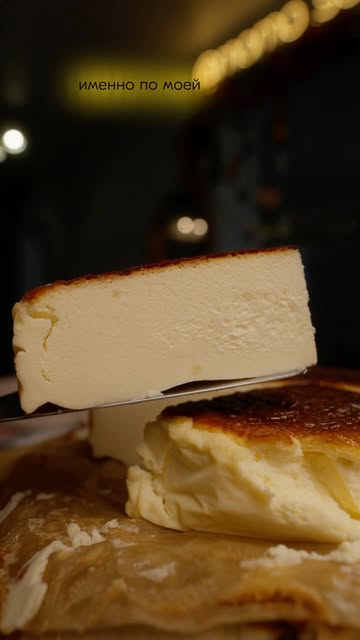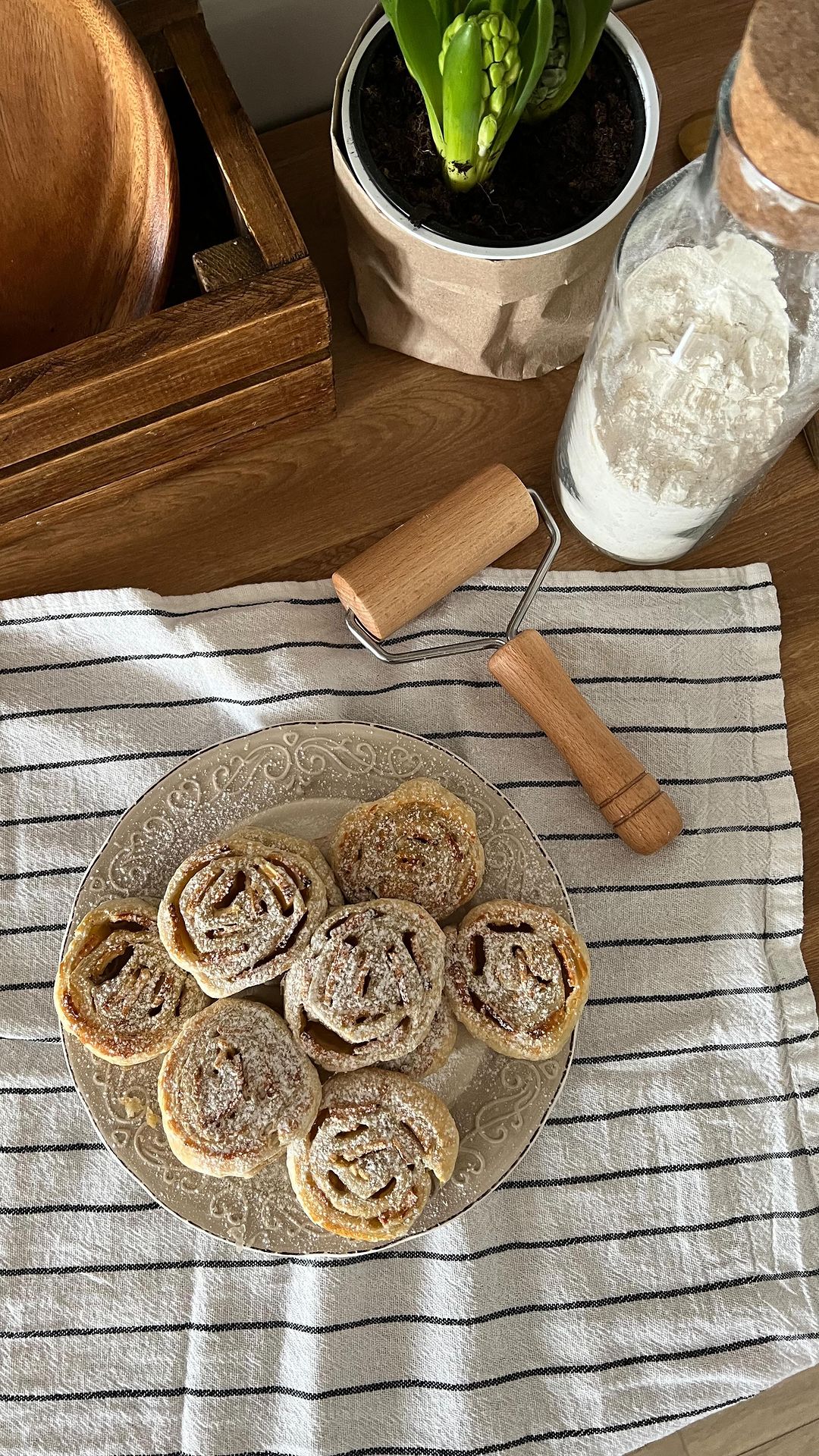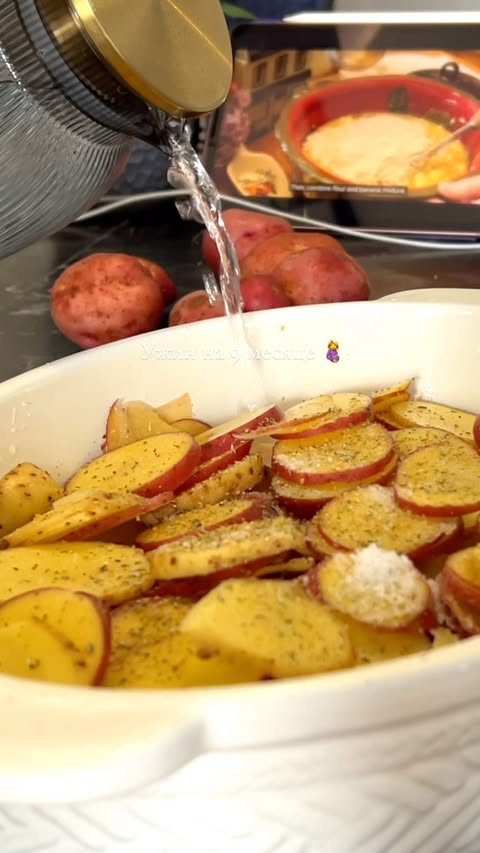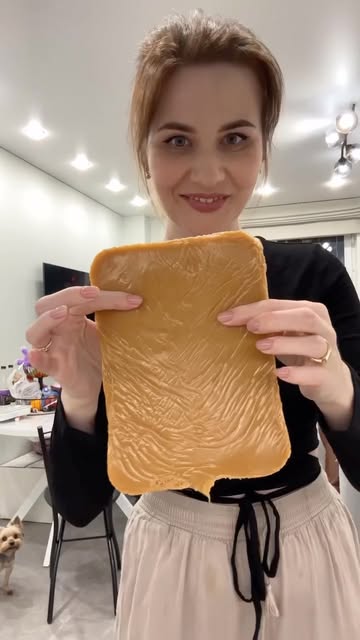Ingredients
Main Ingredients
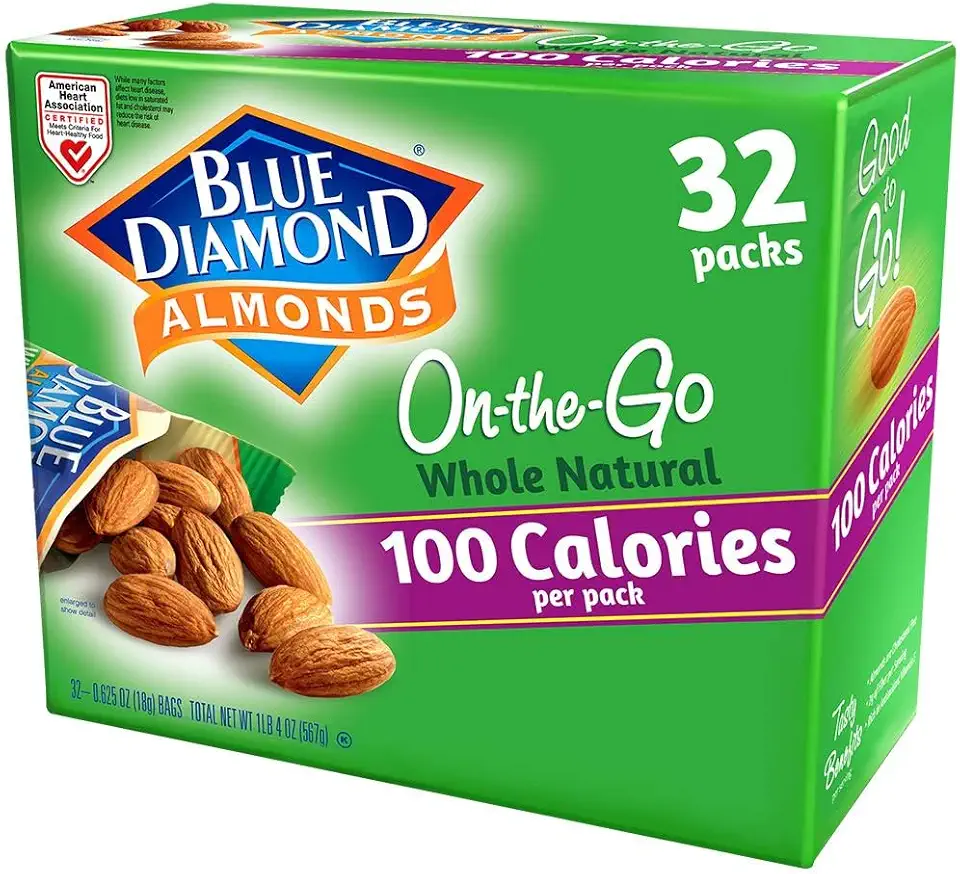 Blue Diamond Almonds Whole Natural Raw Snack Nuts, 100 Calorie Travel Bags, 32 count
$14.70
$19.28
View details
Prime
best seller
Blue Diamond Almonds Whole Natural Raw Snack Nuts, 100 Calorie Travel Bags, 32 count
$14.70
$19.28
View details
Prime
best seller
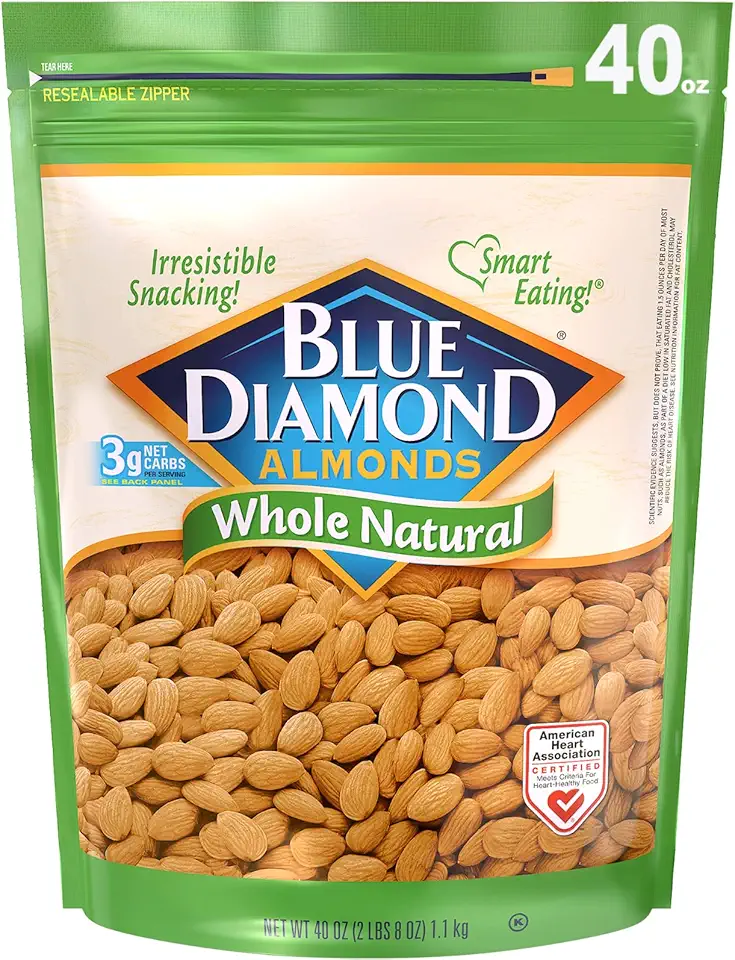 Blue Diamond Almonds Whole Natural Raw Snack Nuts, 40 Oz Resealable Bag (Pack of 1)
$9.73
$12.98
View details
Blue Diamond Almonds Whole Natural Raw Snack Nuts, 40 Oz Resealable Bag (Pack of 1)
$9.73
$12.98
View details
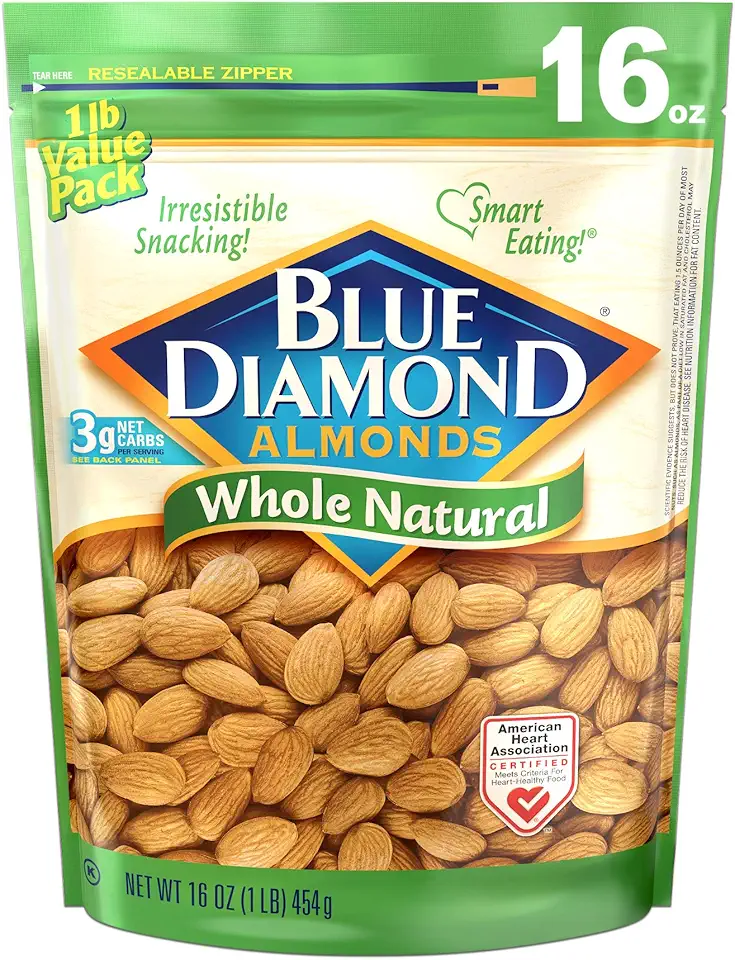 Blue Diamond Almonds Whole Natural, 16 oz.
$6.79
View details
Blue Diamond Almonds Whole Natural, 16 oz.
$6.79
View details
Instructions
Step 1
Begin by soaking the almonds in water overnight or for at least 8 hours. *This will make them easier to blend* and help achieve a creamy texture.
Step 2
Drain and rinse the soaked almonds. In a blender, combine the *almonds*, 1/2 teaspoon of *salt*, the juice of half a lemon, and 700 milliliters (3 cups) of water.
Blend the mixture until it becomes smooth and has the consistency of traditional ricotta.
Step 3
Use a cheesecloth or fine mesh strainer to strain the almond mixture into a bowl, pressing to remove as much liquid as possible. Gather the edges of the cheesecloth or line a strainer, hang it over a bowl, and refrigerate for 12 hours.
Step 4
Transfer the strained *almond ricotta* to a glass container. It can be stored in the refrigerator for up to a week.
This *creamy ricotta* is delicious as a savory spread or can be sweetened for desserts. *Try adding dried herbs* or spices for variety, or mix in sweet sauces for a dessert filling!
Step 5
Use this vegan ricotta as a filling for ravioli, *top on fresh bread*, or even as a stuffing for crepes. Your creativity is the limit!
Servings
Transform any ordinary meal into a culinary experience with this versatile vegan ricotta cheese! Here are some scrumptious serving ideas to wow your taste buds: 🍽️
Spread It Thick: Slather your freshly made ricotta on a slice of crispy bread for a savory snack. Add a sprinkle of dried herbs or garlic for an extra kick. 🥖
Sweet Solutions: Stir in some agave or maple syrup to your ricotta and use it as a delicious pancake filling. It’s an unexpectedly sweet delight your entire family will love! 🥞
Advanced Appetizer: Use your ricotta as a filling for vegan ravioli or layer it in a classic vegetable lasagna. It’s an instant hit at dinner parties and is sure to grab all the compliments. 🍝
Tip: Don’t throw away the almond whey! It makes a tangy kefir alternative or a base for fluffy vegan pancakes, ensuring no part of the process goes to waste. 🌟
Equipment
Essential for grinding almonds to a smooth, creamy consistency. Make sure it's strong enough to handle nuts.
Necessary for straining the mixture. Ensure it's clean and dry before use to achieve the best results.
Use to catch the liquid while straining the cheese. Choose one with a wide mouth for ease of use.
Ideal for storing your cheese in the fridge. Glass keeps the cheese fresh longer without absorbing odors.
Variations
Gluten-Free & Vegan Delight! 🥳
For the Gluten-Free Crowd: You’re already in luck! This vegan ricotta is naturally gluten-free as long as you keep away from gluten-containing add-ins.
Vegan Variations: Keep the cheese strictly plant-based by using fresh lemon juice and exploring various herbs or garlic for flavor enhancers. Feel free to experiment with your favorite vegan syrups for the sweet variation!
Faq
- How fine do I need to blend the almonds?
For smooth and creamy ricotta, blend the almonds until they’re a fine paste. You might need to stop and scrape the sides of your blender to ensure even blending.
- How do I know when the cheese is done setting?
Allow the ricotta to set in the fridge for 12 hours. It should firm up enough to hold its shape but remain creamy spreadable.
- Can I add different flavors to my ricotta?
Absolutely! Try adding dried herbs, garlic, or even a pinch of smoked paprika to give your cheese a unique and flavorful twist.
- Why did my ricotta come out grainy?
A grainy texture might be due to insufficient blending or not soaking your almonds long enough. Ensure a high-powered blender for best results.
- What are some creative ways to use the leftover almond pulp?
Almond pulp can be used in baking to add fiber and moisture. It’s perfect for muffins and cookies, or you can dry and grind it into almond flour.
- Can I freeze the ricotta for later use?
Yes, you can freeze your ricotta. However, the texture may change slightly upon thawing. It’s best used fresh but can be stored frozen for up to one month.

